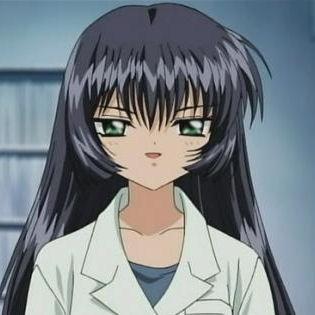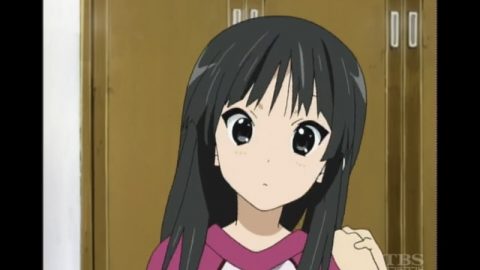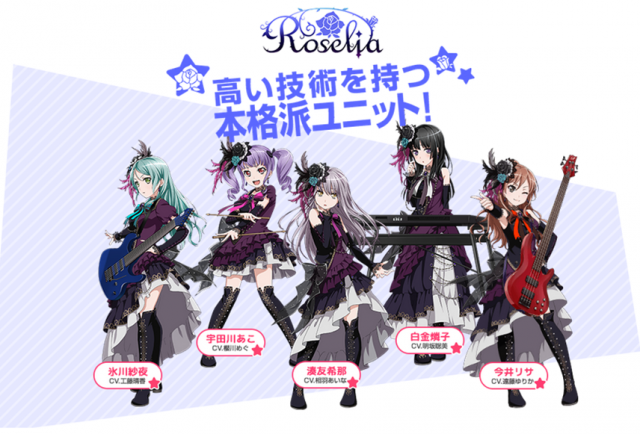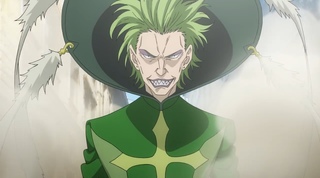"Rurouni Kenshin" is a period drama in which the protagonist Himura Kenshin is active from the end of the Edo period to the Meiji period when civilization flourished, but what kind of era was this period from the end of the Edo period to the Meiji period in which Himura Kenshin was active? In this article, I would like to briefly explain the period in which Himura Kenshin was active. By understanding the historical background of the work, you may be able to notice themes and settings of the work that you had not noticed before. I would be very happy if even those who dislike Japanese history would read it for the sake of Rurouni Kenshin.
Boshin War
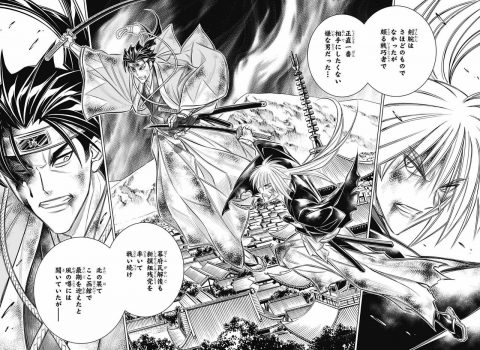
The war in which the past Hisamura Battousai and others fought bloody battles in the story was called the "Boshin War." At the end of the Edo period, the Edo Shogunate began trade with foreign countries, and Japan's industry was forced into a rapid decline. Such dissatisfaction led to the "Joi Movement" that called for the expulsion of foreigners, which eventually developed into the Boshin War.
The Satsuma-Choshu Alliance and the Boshin War
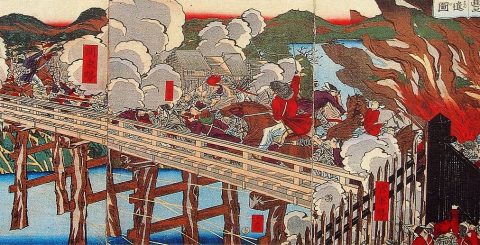
The combined forces of the Satsuma and Choshu clans fought against the Edo Shogunate in the Boshin War. Under the Satsuma-Choshu Alliance, Satsuma and Choshu challenged the Edo Shogunate to overthrow it.
Many Restoration Patriots Played an Active Role
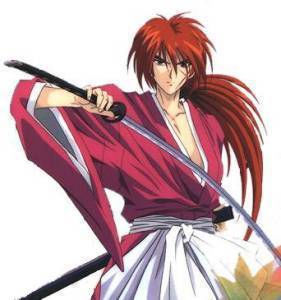
During the Boshin War, many Restoration Patriots who are the models for various anime and manga characters today played an active role. In the Choshu domain, there were Restoration Patriots such as Kido Takayoshi, Katsura Taro, and Hisamura Battousai (the original character in Rurouni Kenshin), and in the Satsuma domain, there were Restoration Patriots such as Saigo Takamori and Okubo Toshimichi.
There were strong men on the Shogunate side too! !
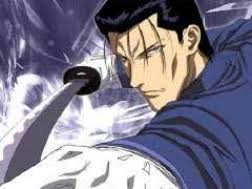
Of course, the Meiji Restoration patriots on the Satsuma-Choshu Alliance side are not the only fascinating ones. Many soldiers, including the Shinsengumi who also appeared in Rurouni Kenshin, participated in the battle on the side of the shogunate.
Why was Kenshin in Kyoto?
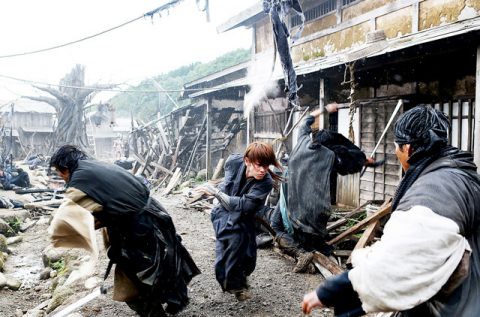
In fact, even before the Boshin War began, the Choshu clan and the shogunate were in conflict, and attacks on shogunate officials by these Choshu clan samurai were mainly carried out in Kyoto. Since Kyoto was the capital at the time, assassinations of shogunate officials were constant in Kyoto during the late Edo period. That's why Himura Battousai was active in Kyoto.
The Shogunate collapses
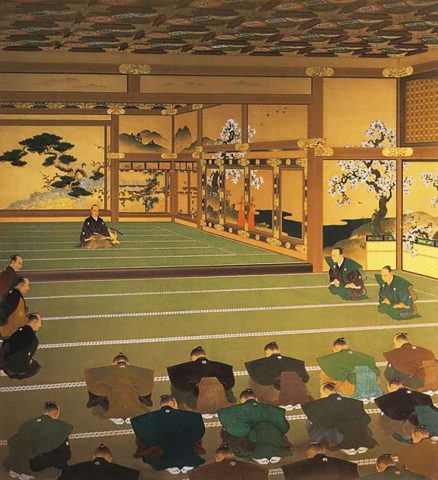
Thanks to the strong cooperation of the Satsuma-Choshu Alliance, the Edo Shogunate was destroyed in the middle of the Boshin War when Shogun Tokugawa Yoshinobu returned power to the Emperor (the Boshin War itself continued afterwards due to the resistance of the remnants of the war).
A New Era
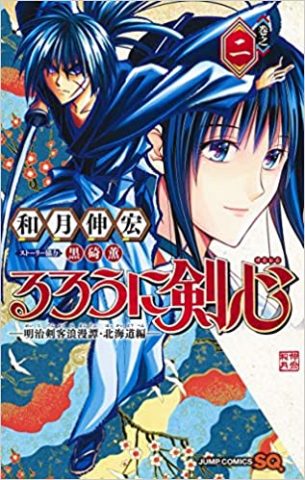
After this tragic war known as the Boshin War, Japan was united under a new political system known as the Meiji Restoration government. So how did Japan change with the arrival of the new Meiji Restoration government? And how are these changes depicted in "Rurouni Kenshin"?
Civilization and Academics
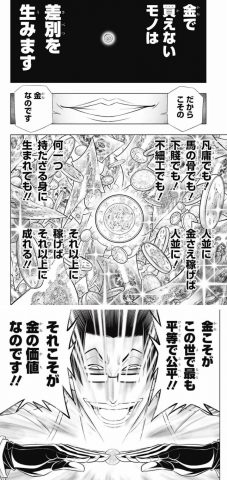
The collapse of the Edo Shogunate meant the end of the rule of the samurai. In other words, Japan, which had been controlled by martial arts until then, was freed and the age of academics began. The "equality of the four classes" was issued, and anyone could pursue the profession they wanted if they studied.
The culture of swordsmanship is fading
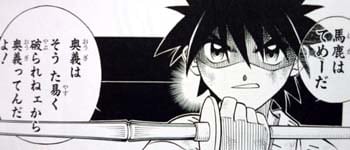
Due to this background, the culture of swordsmanship carried by the samurai went into rapid decline in the early Meiji period. This was the background behind the lack of activity at Kamiya Dojo in the story.
Losing Japanese Technology
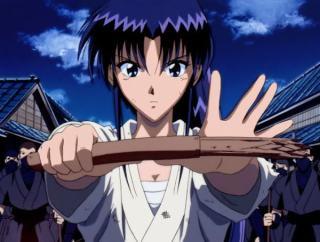
A rapid trend of rejecting past customs and culture has emerged, and as explained above, not only swordsmanship culture but also various other cultures that have been cultivated in Japan up until now, such as Buddhist culture, will be lost. The decline of Japanese swordsmanship technology can be seen from the fact that Kenshin struggles to find a swordsmith to make his sword in the story.
Swordsmanship for a new era
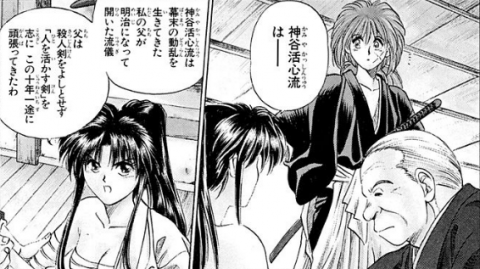
However, even in such a situation, a movement was born to explore how to preserve swordsmanship as a part of Japanese culture. In the midst of such exploration, the idea of "shifting from teaching how to kill people to nurturing people's hearts" was born. It is this idea that has led to today's kendo.
Kamiya Kasshin-ryu is the beginning of kendo! ?
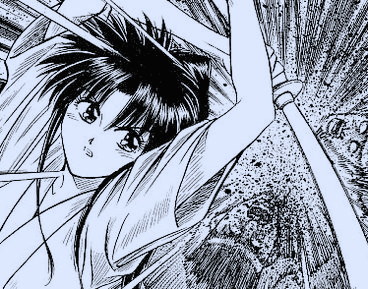
From this, we can infer that Kamiya Kasshin-ryu was already promoting the ideas of kendo that continue to this day in the early Meiji period, and was truly a pioneer of kendo.
New Territory
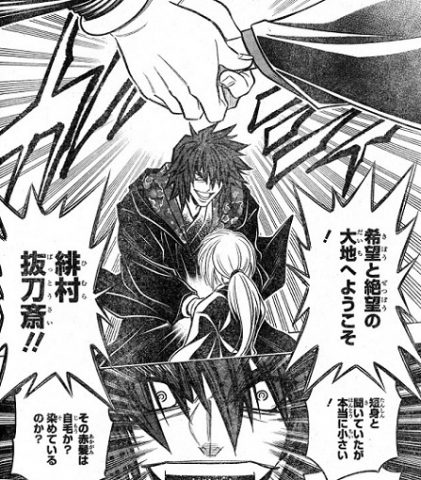
Furthermore, the Meiji government made Hokkaido and Okinawa, which were not previously part of Japan's territory, clearly Japanese territory. This resulted in Japan's current territory being solidified. The Hokkaido Arc of Rurouni Kenshin, set in the newly incorporated Hokkaido, is currently in progress, so please check out that as well.
Optimistic uplift
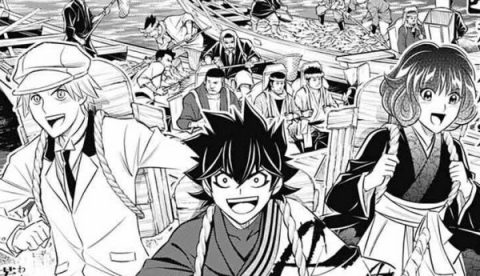
So let's take a closer look at what kind of era the Meiji era was. Ryotaro Shiba, a leading author of historical novels, says, "If I had to describe the Meiji era in one word, it would be an era of optimism." In Japan, where samurai had dominated the country up until that point, a new modern state was born and people were free to choose their own occupations, which seems to have given the Japanese of the Meiji era an indescribable sense of optimism.
The Sword Banning Law
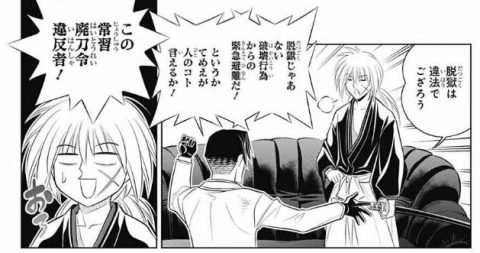
The Sword Banning Law is one symbol of the end of the era of the samurai. This law, which prohibited the possession of swords, which were a symbol of the samurai, the ruling class, was truly symbolic of the Meiji era. Kenshin was chased by police officers many times in the story.
Changes in food culture as seen through Akabeko
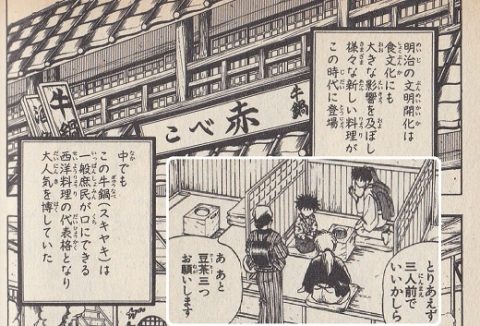
Furthermore, as Japan became a modern nation, the custom of eating beef, which was previously taboo in Buddhism, became permissible. Gyu-nabe is indeed something that could not be eaten before, and is a food that symbolizes the enlightenment of civilization.
On the other hand, the samurai class
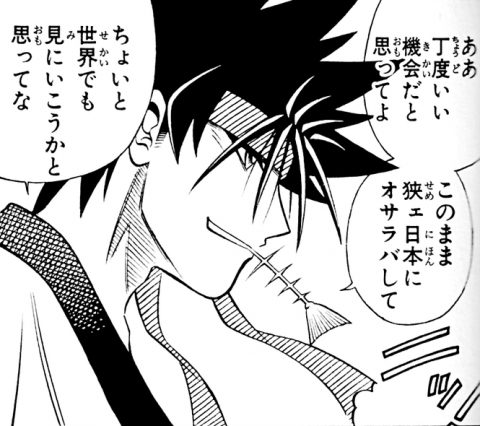
However, while the general public saw this as a flourishing civilization that was full of good things, looking at it from the other side, it was nothing but the downfall of the samurai class.
Dissatisfaction with the government
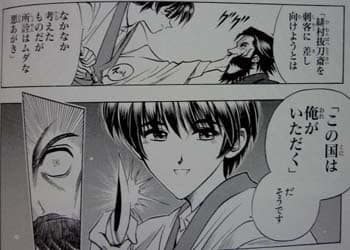
Thus, behind the flourishing of civilization, dissatisfaction among the samurai reached its peak, and the early Meiji period was a violent time with many murders and assassinations committed by samurai. Rurouni Kenshin also depicts such incidents several times.
Dissatisfaction with clan-based politics
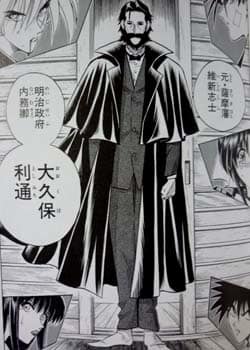
The samurai's dissatisfaction was not only directed at the enlightenment of civilization. The key figures in the Meiji government were made up of patriots from Satsuma, Choshu, Tosa, and Hizen who had played an active role in the Boshin War, and there was no place for other samurai who had lost their jobs due to the Meiji Restoration. Dissatisfaction with the fact that they could not participate in politics spread among the samurai.
Assassination of Okubo Toshimichi
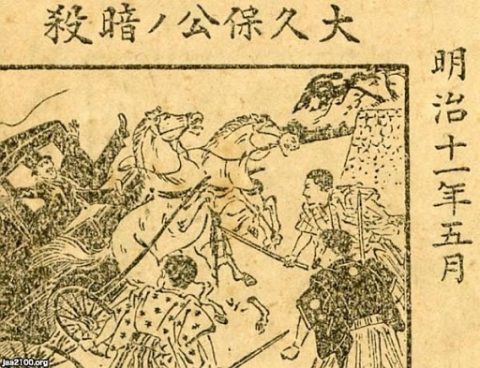
The samurai's dissatisfaction with the Restoration government reached a peak, leading to the assassination of Okubo Toshimichi, who was a powerful figure in the Restoration government at the time (the Kioizaka Incident). The Kioizaka Incident was also depicted in Rurouni Kenshin.
Freedom and People's Rights Movement
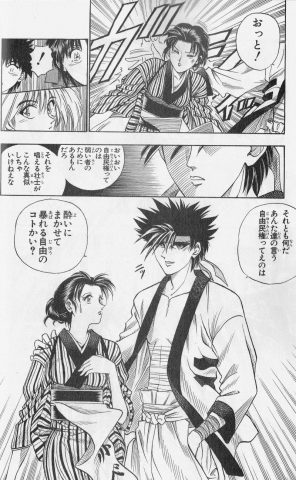
Furthermore, the dissatisfaction of the samurai over not being able to participate in politics led not only to the assassination of Okubo Toshimichi, but also to the Freedom and People's Rights Movement, which called for the creation of a parliament in Japan and the widespread listening of the people's opinions. Samurai aspiring to the Freedom and People's Rights Movement also appeared in Rurouni Kenshin.
Japan after that
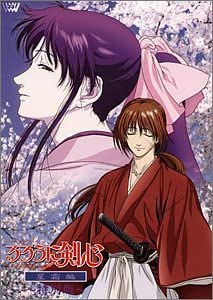
So what kind of history will Japan follow after the Meiji era?
The era of the samurai ends with the Satsuma Rebellion
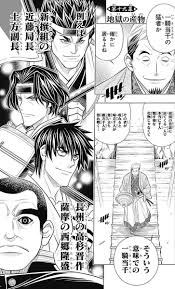
During the Meiji period, there were many bloody incidents, but with the Satsuma Restoration Patriot Saigo Takamori's Satsuma Rebellion, samurai civil wars disappeared from Japanese history. In Rurouni Kenshin, the Satsuma Rebellion seems to have occurred shortly before the story, and the only scene depicted is one in which Kenshin mentions the Satsuma Rebellion with Takamori Saigo.
Swordsmanship also follows the path of Kendo
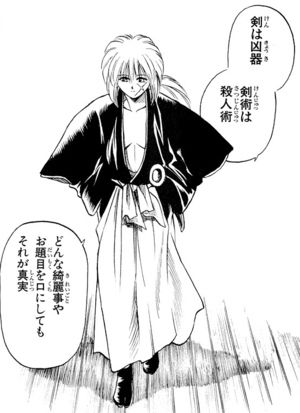
And starting with Jujitsu, swordsmanship and karate, as Judo, Kendo and Karate-do respectively, became established as a means to train one's own mind, rather than learning the art of killing. While Kenshin dismisses it as nonsense, his statement that "I hope that such nonsense will eventually become true" becomes reality.
Heading to War
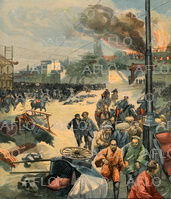
However, as civilization blossomed and culture became centered on the masses, Japan became a country that went to war even more. In an era when the term "anti-war consciousness" did not even exist, people often rioted in search of more war. From an era when samurai fought wars to an era when the masses fought wars, this was the transition from the end of the Edo period to the Meiji period.
Summary
What did you think? In this article, we have explained the period from the end of the Edo period to the Meiji period, which is the setting of "Rurouni Kenshin," and the state of Rurouni Kenshin, which clearly shows the characteristics of each era. It's good to just enjoy the work, but it might also be interesting to research the era in which it is set beforehand and then enjoy the work.

